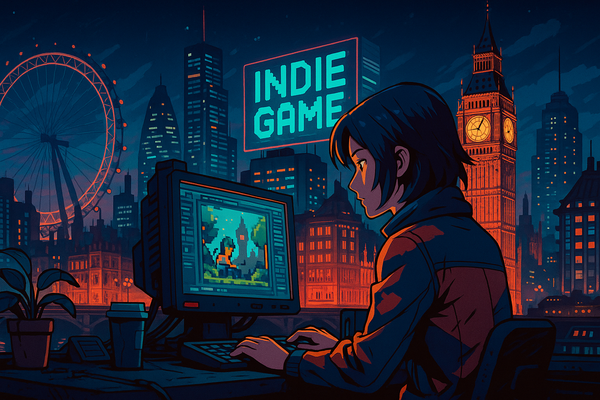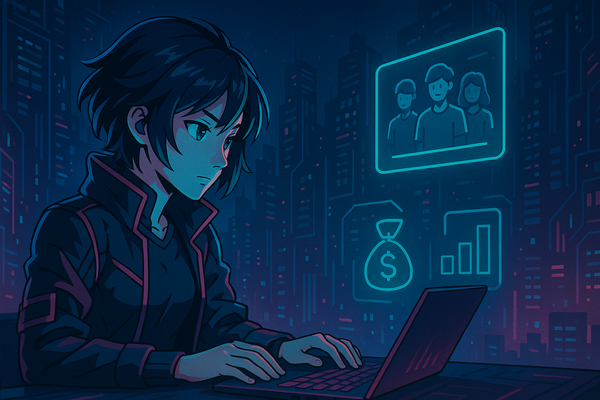How indie developers create rich experiences on a limited budget
Indie game developers are known for their creativity and innovation, often working with limited resources to create memorable and engaging experiences. Despite these financial constraints, many indie titles have achieved critical and commercial success by prioritizing core elements of gameplay, using affordable tools, and engaging with their communities. This article explores how indie developers make the most of limited budgets and still deliver high-quality games.
1. Focus on core gameplay over High-End graphics
Indie developers often prioritize gameplay mechanics over the visual quality of their games. While AAA games may invest heavily in photorealistic graphics, indie titles like Celeste and Undertale prove that innovative mechanics, solid level design, and emotional depth can engage players just as much.
Celeste is a perfect example of this principle in action. It features pixel art graphics, but its smooth, responsive platforming mechanics keep players hooked. Meanwhile, Undertale incorporates unique combat systems and player choice, focusing on how decisions impact the story rather than relying on flashy visuals(Gaimnetwork)(300Mind).
2. Use free and affordable game development tools
There is a wealth of free or affordable software available that allows indie developers to create high-quality assets and game mechanics without the need for expensive licenses or large teams. Game engines like Unity and Godot are accessible to indie developers, offering all the tools necessary to build and publish games. Unity, for instance, is known for its flexibility and support for both 2D and 3D game development, while Godot is celebrated for its open-source nature and ease of use.
In addition, tools like Blender, a powerful open-source 3D creation suite, allow developers to design characters, environments, and animations at no cost. Aseprite, a pixel art tool, is another affordable option for indie developers who want to create retro-style games.
These tools help developers work within tight budgets while still producing visually appealing content.
3. Maximize asset reusability
Another cost-saving strategy employed by indie developers is reusing assets and leveraging modular designs to create more content without needing to generate everything from scratch. Games like Spelunky and Dead Cells use procedural generation to create new levels and environments each time the player engages with the game. This not only adds replayability but also significantly reduces the amount of content that needs to be hand-crafted(SDLC Corp).
By designing assets and levels that can be reused in different combinations, developers create a sense of variety and scale without needing the resources of a large team. This also allows for richer, more diverse gameplay experiences as players discover new challenges and combinations during each playthrough.
4. Involve the community and crowdfund
Crowdfunding platforms like Kickstarter and Patreon allow indie developers to secure funding from fans while also building an engaged community from the very start of the project. Games like Hades and Darkest Dungeon successfully used early access to gather feedback and refine their gameplay before full release.
Crowdfunding isn’t just about raising money—it also gives developers an early fanbase that can provide valuable feedback. By involving the community in development, indie studios can better align their games with player expectations while keeping their budgets lean. In addition, community-driven platforms offer an ongoing source of support, helping developers cover expenses like marketing or localization(Indie Game Dev Hub).
5. Focus on atmosphere and storytelling
A compelling story or atmospheric world can elevate a game far beyond its visual fidelity. Indie titles like Oxenfree and Inside demonstrate that players will forgive minimalist graphics if the game offers an engaging narrative and a rich, immersive atmosphere.
For example, Inside captivates players with its haunting, dystopian setting and clever use of environmental storytelling. The game uses minimalistic design but tells a powerful story through its environments and mechanics, avoiding dialogue or text to maintain its atmosphere.
Likewise, Oxenfree uses dialogue and supernatural themes to build a deep, emotionally resonant experience. Focusing on such storytelling and atmosphere allows developers to deliver a memorable experience without the need for cutting-edge visuals or vast content.
6. Minimize team size to maximize efficiency
Keeping a small, agile team allows developers to reduce expenses on salaries, office space, and equipment. Many successful indie games were created by small teams, sometimes even solo developers. Stardew Valley, developed almost entirely by one person, Eric Barone, over the course of four years, demonstrates how a small, focused team (or individual) can create a rich, expansive game.
A smaller team also allows for more flexibility and faster iteration. Decisions can be made quickly, and the development process can adapt to challenges without the need for large-scale coordination. While managing everything on a small team can be demanding, it also allows for greater creative control and ownership over the project.
Creating rich gaming experiences on a limited budget is a challenge that many indie developers face, but it’s far from impossible. By focusing on core gameplay, leveraging affordable tools, maximizing asset reusability, and involving the community, indie developers can craft games that captivate players and stand out in a crowded market. These strategies have allowed indie games to thrive, proving that passion and creativity can triumph over budgetary constraints.




